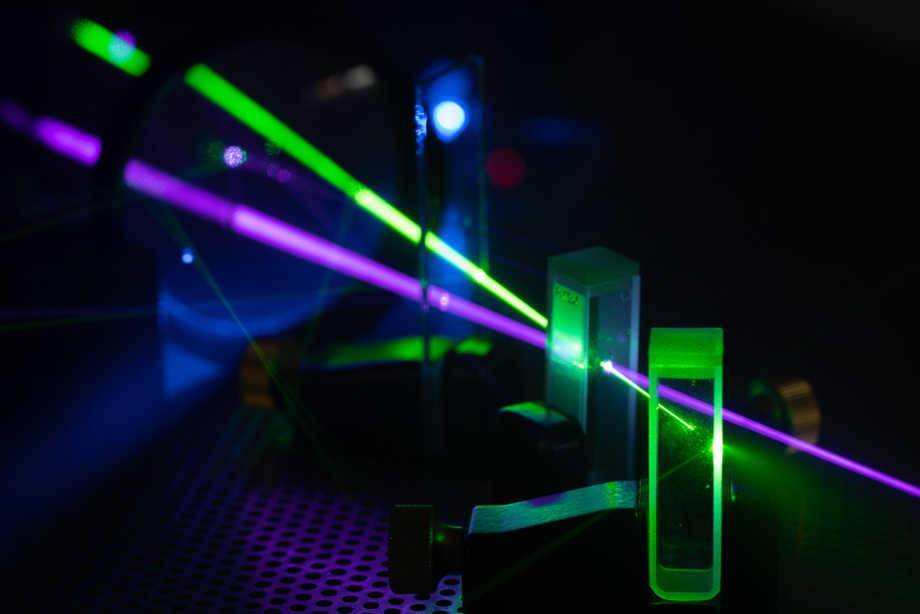Flexible Nanophotonic Cavity-Enhanced Infrared Photodetectors Employing Double Quantum Wells
Web Published:
10/22/2025
Double-quantum-well infrared photodetectors (DQWIPs) integrated with nanophotonic cavities enable highly responsive mid-infrared detection through enhanced intersubband absorption in the thin semiconductor heterostructure. Additionally, the technology is compatible with flexible substrates.
Quantum Well Infrared Photodetectors (QWIPs) are sensitive photodetectors for the mid-to-long-wave infrared spectrum (3-20 µm) that are often used in applications such as remote sensing, imaging, and optical communications. In recent years, QWIP technologies have undergone substantial development, with the most recent introduction of single-quantum-well infrared photodetectors (SQWIP). While SQWIPs exhibit increased responsivity and detectability compared to earlier QWIPs, the structure of SQWIP devices can result in a degradation of photocurrent, decreasing responsivity. This technology provides a novel Quantum Well Infrared Photodetector, which utilizes two quantum wells, resulting in state-of-the-art responsivity performance with the capacity to be implemented on flexible substrates.
This University at Buffalo technology features a novel Double Quantum Well Infrared Photodetector, which exhibits state-of-the-art detector responsivity performance, substantially improving upon earlier QWIP technologies, including SQWIP. Additionally, our DQWIP technology is sufficiently thin such that it can be used on flexible substrates, opening up a wide variety of novel applications.
 luchschenF, https://stock.adobe.com/203302012, stock.adobe.com
luchschenF, https://stock.adobe.com/203302012, stock.adobe.com
- Superior device performance with higher responsivity and detectivity.
- Mechanical flexibility of these devices will enable a broad range of new applications.
- Highly tailorable operating wavelength range.
- Lower costs associated with the semiconductor heterostructure growth.
- Conventional-format flat and rigid QWIPs and based focal plane arrays with superior performances;
- Flexible infrared photodetectors for wearable devices, sensors and systems;
- Concave-curved infrared focal plane arrays for wide field-of-view cameras/imagers;
- Convex-curved infrared focal plane arrays for compound-eye type compact low-weight imagers.
United States Provisional Patent Application 63/817,238 filed June 3 rd, 2025.
- Prototypes fabricated and validated within the laboratory setting.
- TRL 5
Available for licensing or collaboration.
Patent Information:
| App Type |
Country |
Serial No. |
Patent No. |
Patent Status |
File Date |
Issued Date |
Expire Date |
|